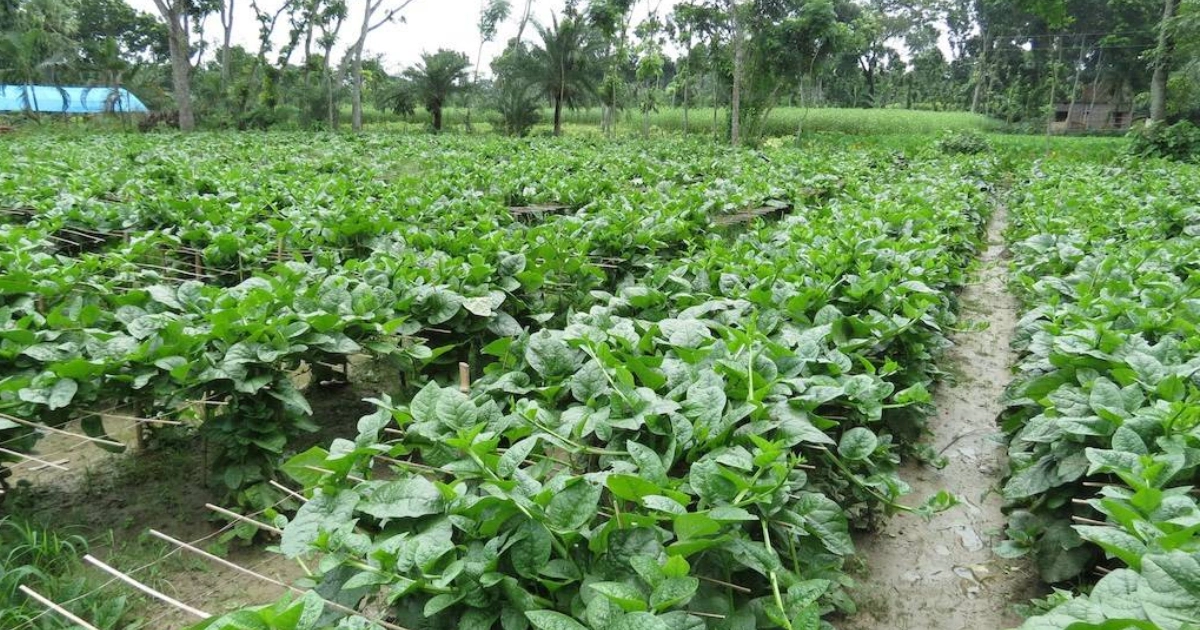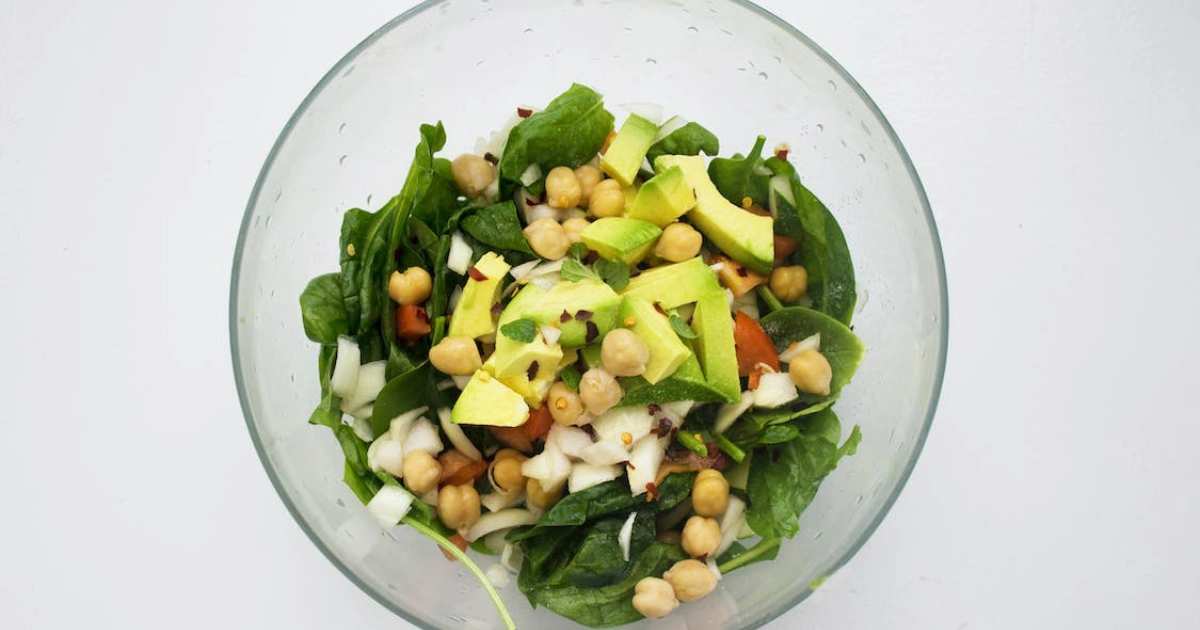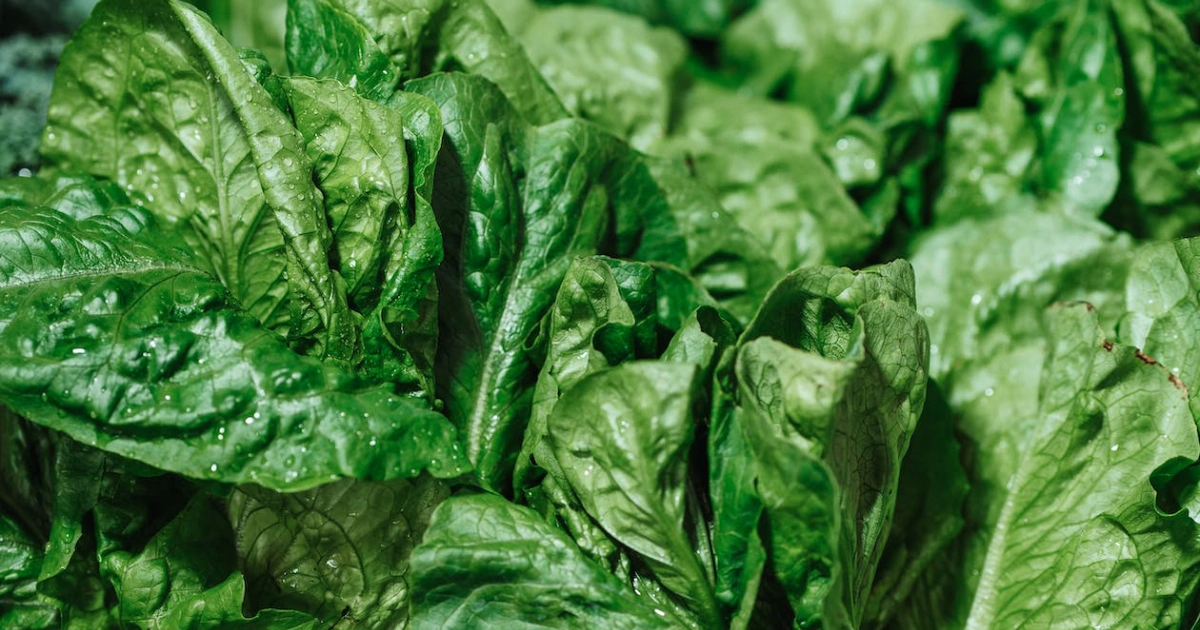Introduction
Are you looking for an exciting and nutritious way to add some variety to your typical vegetable rotation? Look no further than Malabar spinach! This leafy green is delicious, packed with nutrients, and incredibly simple to add to a variety of meals. With its rich flavour and culinary versatility, Malabar spinach can find in many traditional regional cuisines around the world—from India to Africa. Whether stir-fried with garlic or served as a salad, this superfood has been gaining popularity all over the USA due to its excellent health benefits. Read on to find out more about why Malabar spinach should become one of your regular kitchen staples.
What Is Malabar Spinach?
Malabar Spinach, also known as Indian spinach, is a leafy green vegetable with Asian and African ancestry. With high quantities of vitamins and minerals, it is a wholesome and delectable addition to any meal. Malabar Spinach can plant in the spring or summer, but it thrives in warm and humid climates. This unique vegetable is a rich source of antioxidants, fibre, and iron, making it an excellent choice for those seeking a healthy diet. Whether used raw in salads or cooked in various dishes, Malabar Spinach is a versatile and flavorful ingredient that is worth exploring.
Red Malabar Spinach
Malabar Spinach, also known as red Malabar spinach, is a unique type of leafy green that is not really spinach. This tropical vine is actually a member of the Basellaceae family and is native to India and Indonesia. Malabar spinach has a distinct taste and texture that sets it apart from traditional bunching spinach. Although Malabar spinach is often grown for its edible leaves, it is also grown for its medicinal properties. It has high levels of vitamins A and C, as well as antioxidants. The leaves can eat raw or cooked and often use in soups and stir-fries. Overall, Malabar spinach is a versatile and nutritious plant that is worth giving a try in the garden and on the plate.
Green Malabar Spinach
Green Malabar Spinach, also known as bunching spinach, is a unique vegetable that can add both flavour and colour to your meals. Unlike traditional spinach, this variety is not actually related to spinach at all. It instead comes from a vine plant native to Asia and Africa. In addition to its distinctive taste, Malabar spinach is also a great source of vitamins A and C, iron, and calcium. Its leaves are thick and fleshy, making it an especially hardy crop that can withstand heat and humidity. Whether you’re a fan of stir-fries, salads, or smoothies, green Malabar spinach is definitely a vegetable worth trying.
You Can Also Read: Water Spinach | Nutritional Benefits & How to Prepare
How To Grow Malabar Spinach?
If you want a unique addition to your indoor garden, consider growing Malabar spinach. This versatile plant is not actually a true spinach, but it can use in the same ways as the leafy green. And the best part? It’s easy to grow from cuttings! Take a 4-6 inch cutting from a healthy plant and stick it in a pot with moist soil. Place the pot in a bright, sunny setting while keeping the soil moist. Malabar spinach likes warm temperatures, so aim for 75-85 degrees Fahrenheit. With proper care, your Malabar spinach plant can thrive indoors and provide fresh, nutritious greens all year.
How To Harvest Malabar Spinach?
Malabar spinach, also known as climbing spinach, is a great addition to any edible garden. If you’re looking to harvest this vegetable, there are a few key things to keep in mind. Malabar spinach grows well in both full sun and partial shade; although it benefits from at least 4-6 hours of direct sunlight daily, it’s important to wait until the leaves are at least 6 inches in length. Then, using a fresh pair of scissors or garden shears, you can easily cut the leaves off at the root. Before collecting the seeds inside, please wait until the green fruits turn brown to preserve them for later planting. With some care, you can harvest fresh Malabar spinach in no time!
Malabar Spinach Nutrition Facts
Malabar spinach is a powerhouse of nutrients that provides several health benefits to its consumers. One cup of cooked malabar spinach contains only 19 calories and is an excellent source of vitamins A and C, iron, and fibre. Due to its anti-inflammatory qualities, the nutrient-rich green leafy vegetable is a favourite among arthritis sufferers. Malabar spinach is also beneficial in regulating blood sugar levels, improving digestion, and maintaining a healthy heart. With its impressive array of nutrients and health benefits, adding Malabar spinach to your diet is undoubtedly a smart choice for a healthy, balanced lifestyle.
Health Benefits

Malabar spinach, sometimes called Casella alba, is a green vegetable that has grown in popularity recently because of its health advantages. One of the key benefits of Malabar spinach is its ability to promote gut health. Due to the high fibre content of this vegetable, constipation and other digestive problems can be avoided, and regular bowel movements are encouraged. In addition, Malabar spinach is a good source of iron, vitamins A and C, and other elements that can help maintain a healthy immune system. This leafy green is a great option for people with diabetes because it may also help control blood sugar levels. Whether raw or cooked, Malabar spinach is a nutritious addition to any meal.
How To Eat Malabar Spinach?
Malabar spinach is a leafy green valued for its flavour and nutritional properties. If you’re wondering how best to enjoy this delicious vegetable, rest assured that Malabar spinach can eat in a number of ways. One common question that people ask is whether or not the stems of Malabar spinach are edible. The answer is yes! You can eat the whole plant, including the stems. The leaves have a mild taste similar to spinach, while the stems have a slightly more pronounced flavour that some describe as tart or tangy. Whether you sauté the leaves with garlic and olive oil, add them to a smoothie, or toss them in a salad, Malabar spinach is a versatile and delicious ingredient that you’re sure to love.
Malabar Spinach Taste
Malabar spinach is a leafy vegetable packed with nutrients, but it’s not just its nutritional value that makes it worth adding to your diet. Many people are curious about the taste of this unique ingredient. Regarding the flavour of Malabar spinach, it is essential to note that it can vary depending on how it’s cooked. Some describe the taste as slightly sweet with a hint of tartness, almost like a cross between regular spinach and kale. Others note that it has a milder taste with a slightly earthy flavour. The good news is that Malabar spinach is very versatile and can cook in a variety of dishes, from stir-fries to curries, allowing you to experiment with different cooking methods to find out which ones enhance the vegetable’s flavour best.
Whether you’re new to Malabar spinach or already familiar with its taste, it’s worth trying this delicious and nutritious vegetable in your next meal.
Can You Eat Malabar Spinach Stems?
If you’re a fan of leafy greens and are looking to mix up your usual routine, consider trying Malabar spinach. Not only are the leaves edible, but the stems are as well! This unique plant is not actually related to traditional spinach, but it shares a similar taste and can use in similar dishes. Malabar spinach stems are a crunchy and nutritious addition to any salad or stir-fry. Additionally, the stems can pickle for a tangy and flavorful snack. So next time you come across this exotic veggie, don’t be afraid to experiment and try the entire plant!
How To Cook Malabar Spinach?
The best way to cook Malabar spinach is first to clean and rinse the leaves thoroughly. Then, you can either sauté or steam the leaves. Sautéing the leaves entails heating a frying pan with some oil, adding the leaves, and stirring until cooked. Alternatively, steaming the leaves involves placing them in a pot with a little water and cooking for a few minutes until wilted. Malabar spinach can use in a variety of dishes, including soups, stir-fries, and curries. Its mild flavour pairs well with spices, garlic, and coconut milk. By following these simple processes, you can easily incorporate this nutritious green into your everyday cooking routine.
Malabar Spinach Recipes

Malabar Spinach Salad
Many people are curious whether Malabar spinach can eat raw, and the answer is a resounding yes! Unlike other varieties of spinach, Malabar spinach has a slightly thicker texture that makes it perfect for salads. When eaten raw, this vibrant green leafy vegetable pack with nutrients such as vitamin C and iron. Not only does it taste great in a salad, but it’s a healthy addition to any dish. So, next time you’re in the mood for a refreshing salad, don’t hesitate to add some raw Malabar spinach to the mix!
Malabar Spinach Stir-Fry
One thing to keep in mind when using Malabar Spinach is that it can become slimy when cooked. This may sound unappetizing, but fear not! This vegetable can transform into a tasty stir-fry with the right cooking technique. The secret is to cook it fast over high heat while adding flavourings like ginger and garlic. The dish will come together when a last dash of soy sauce and sesame oil add, making it sure to become a new favourite. Be confident the next time you see Malabar Spinach at the grocery shop or farmers market. Give it a try in a stir-fry and see what all the fuss is about!
Malabar Spinach Wraps
A versatile ingredient that may use in a variety of cuisines is Malabar spinach, but one of the most creative ways to enjoy it is in a wrap. Malabar spinach wraps are a refreshing and healthy way to enjoy lunch or dinner and can customize with your favourite ingredients. From chickpeas and hummus to crispy tofu and avocado, the possibilities for fillings are endless. Blanch the Malabar spinach leaves to make the wrap, and fill them with your chosen ingredients. The result is a delicious and nutritious meal perfect for any time of day. With so many Malabar spinach recipes available online, you’ll never have ideas for your next wrap creation.
Sautéed Malabar Spinach
Sautéed Malabar Spinach is a delicious and healthy recipe you can easily cook at home. This spinach is an Asian delicacy that often compares to its cousin, regular spinach. The Malabar spinach has a unique taste and texture that pairs well with many other ingredients. If you are looking for Malabar spinach recipes, you have come to the right place because there are many amazing recipes for this vegetable available online. Whether you want to cook it with chicken, tomatoes, or butter and garlic, you will find a recipe that suits your taste buds. So, next time you are at the grocery store, grab some Malabar spinach and whip up a healthy, tasty dish in no time!
Malabar Spinach Smoothie
Looking for a new and unique smoothie recipe? Look no further than the Malabar Spinach Smoothie! For those seeking to spice up their daily routine, this delicious and nourishing smoothie is ideal. Malabar spinach, sometimes called basella or vine spinach, is a mild-flavoured leafy green that goes well with sweet and sour fruits like mango and pineapple. There are many different malabar spinach recipes out there, but this smoothie is a great place to start. Not only is it delicious, but it’s also packed full of vitamins and minerals that are essential for maintaining good health. So why give the Malabar Spinach Smoothie a try today? Your body will appreciate it, as well as your taste buds.
Can You Freeze Malabar Spinach?
Preserving Malabar spinach can be tricky, but freezing is one of the ways of doing so. Unlike other spinach varieties, Malabar spinach has a thicker and bouncier texture that doesn’t wilt as quickly in the freezer. It’s important to start by washing the leaves thoroughly and removing the stems. After two minutes of boiling water blanching, immediately plunge the leaves into ice water to stop the cooking. Spinach can be kept in the freezer for up to three months after being drained of extra water and placed in a container that is freezer-safe. When ready to use it, thaw it in the fridge overnight before cooking as you normally would. By freezing Malabar spinach, you’ll be able to preserve it for an extended period of time and enjoy it later on when it’s not in season.
Malabar Spinach Side Effects
If you’re considering adding Malabar spinach to your diet, it’s important to be aware of potential side effects. While the leaves are generally safe for most people to eat, it advises to avoid consuming the berries due to their toxic effects. Additionally, for those with a history of gout or high uric acid levels, Malabar spinach may not be the best choice, as it contains purines that can increase uric acid production. Another consideration is bolting, when Malabar spinach plants rapidly produce flowers and seeds, often resulting in a bitter taste. Overall, if you experience any unsettling symptoms after ingesting Malabar spinach, it’s crucial to pay attention to your body and seek medical advice.
Conclusion
All in all, Malabar spinach is one of the most nutrient-rich vegetables that one can find. It provides a variety of benefits that cover numerous aspects of overall health. Whether you’re looking to add an extra punch of nutrition to meals or looking for something unique and exciting to try, Malabar spinach is worth the effort. This vegetable fits almost any cook’s repertoire with its attractive leaves and delicious flavour. So don’t wait – the sooner you add Malabar spinach to your diet, the sooner you can experience its many benefits!
